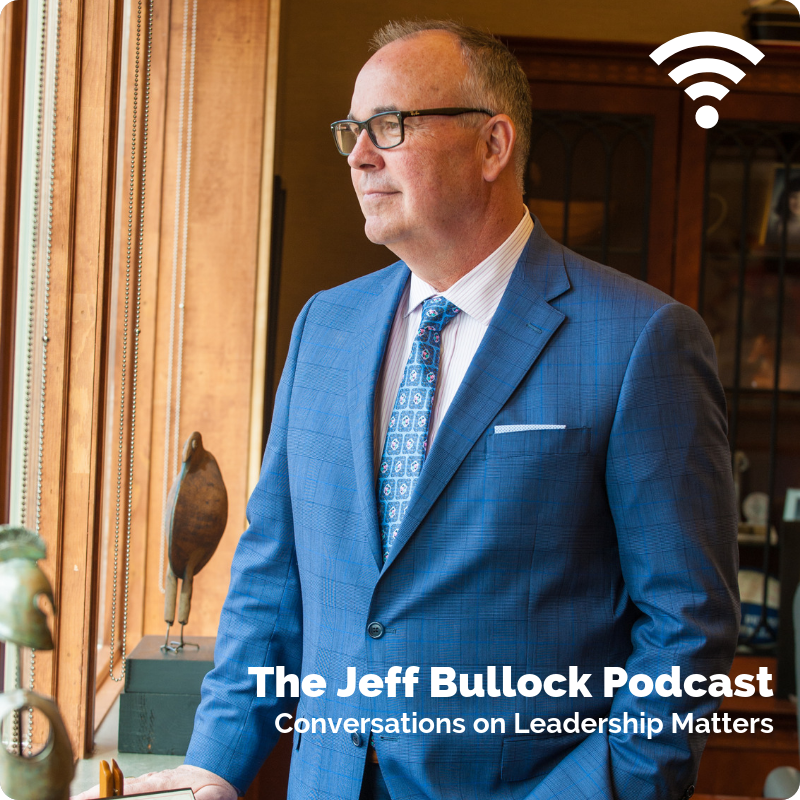I have friends who are employed by large, publicly traded corporations. There are enormous resources and significant points of competitive advantage in these firms from human capital to the ability to leverage assets. But, in addition to the advantages, I often hear my friends lament that their organizational horizon is more often than not measured in fiscal quarters than fiscal years. In other words, sometimes to their detriment, these corporations must post quarterly returns at the expense of a good idea that may take longer than a quarter to produce a reasonable return on investment.
The third leadership discipline that I’d like to discuss is this:
Never lose site of the big picture as you get caught up in the day-to-day minutia. [bctt tweet=”Never lose site of the big picture as you get caught up in the day-to-day minutia.” via=”no”]
In other words, most good leaders excel at paying attention to emerging trends. They seem to have an ability to be at a competitive place in their respective market long before their peers. They have a way of innovation while others tend towards emulation. These leaders are not just concerned about what’s behind the next corner, but the corner behind the next corner. However, leaders can’t lead in this way if they are completely absorbed in the day-to-day minutia of their work environment. If they get bogged down in the wrong kind of decisions, these leaders don’t have the knowledge and intellectual support to make the bigger decisions that, ultimately, impact the performance of their organization for years to come. Bogged down leaders from CEOs to Pastors to PTA presidents are often busy, sometimes overwhelmed, show up to work early and stay late but they’re not focused on the area where they can add significant value to their organization’s mission. Managing minutia and frequent frenetic activity often get in the way of important strategic opportunities.
I remember reading an article years ago about Hall-of-Fame hockey player, Wayne Gretzky. Some of you will remember that Gretzky didn’t really look like a hockey player. He was a little on the slight side, and he wasn’t the fastest skater on the ice. When he was out of his uniform he looked like an ordinary human being. When the author spoke with Gretzky’s peers he learned that Gretzky’s greatest gift as a player had little to do with his physical attributes. Rather, Gretzky had the rare ability to anticipate how a play would unfold and, ultimately, where a hockey puck would end up long before anyone else on the ice. This gift helped him to be at the right place at the right time long before those who were tasked with defending him. This anticipatory advantage helped Gretzky to become one of the most significant offensive weapons to have ever played the game. Gretzky’s gift was in his ability to see the big picture–the middle and end of the play, while those defending him could only see the beginning.
The Big Picture In your organization
There are few people in most organizations that have the ability to anticipate emerging trends and, thus, help their organization capitalize on competitive opportunities. This ability to see around corners is a gift, but it is also the result of hard work, advanced preparation, listening to what’s being said and knowing what to let others do. Good organizations execute well on a day-to-day basis. Great organizations are usually the beneficiaries of leaders who are fixated on quality and execution, but who can also anticipate where the puck will go next, long before the play has materialized.









